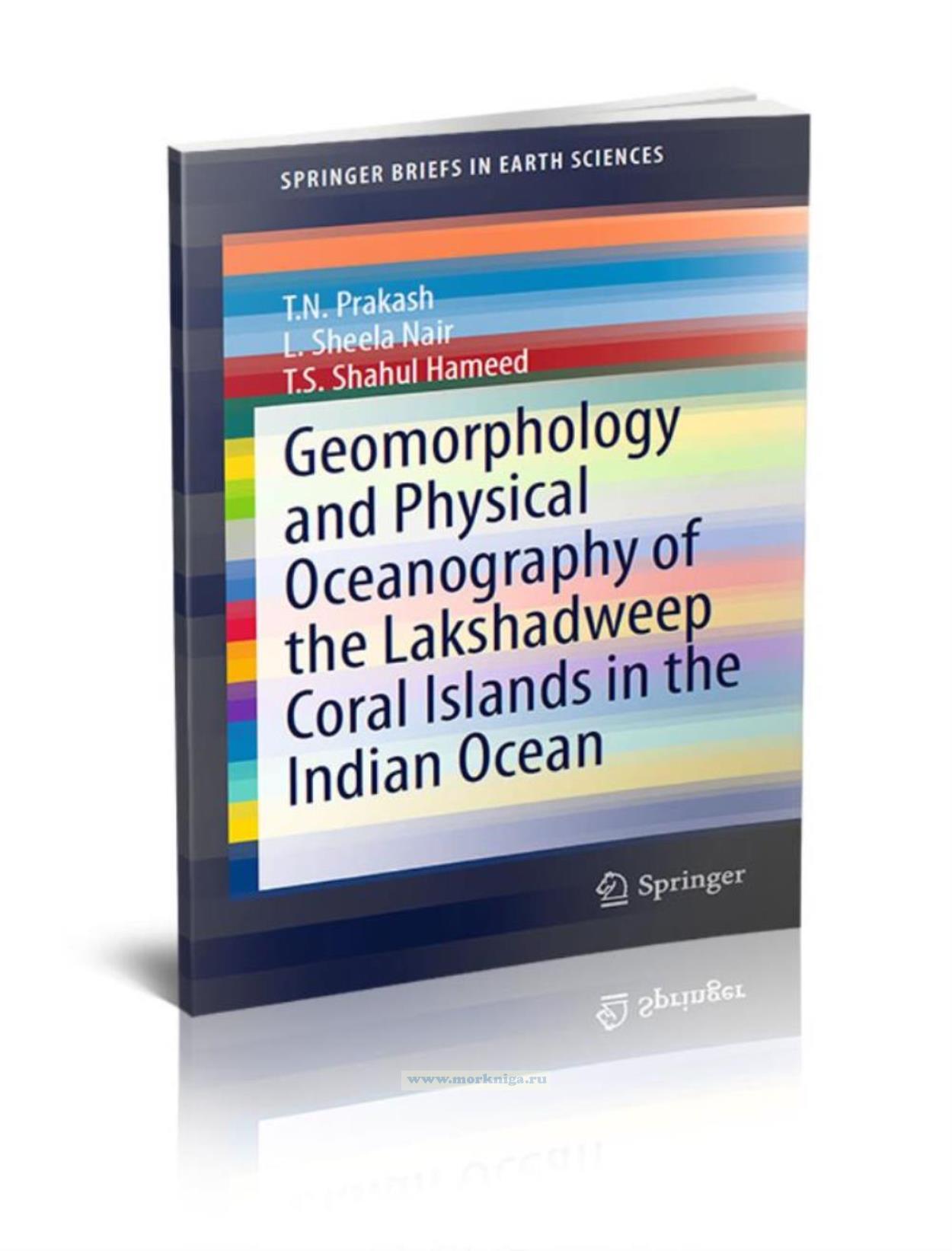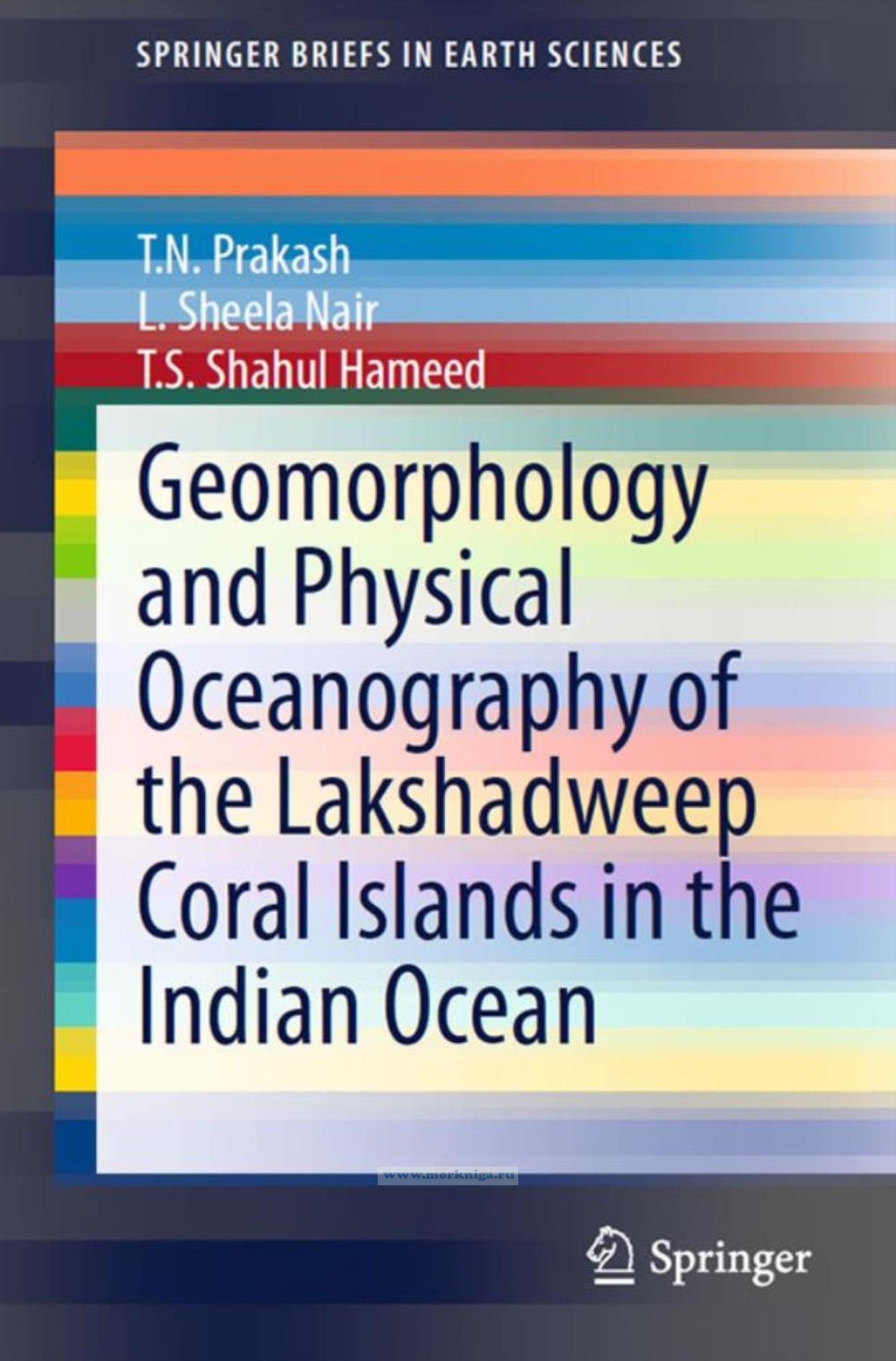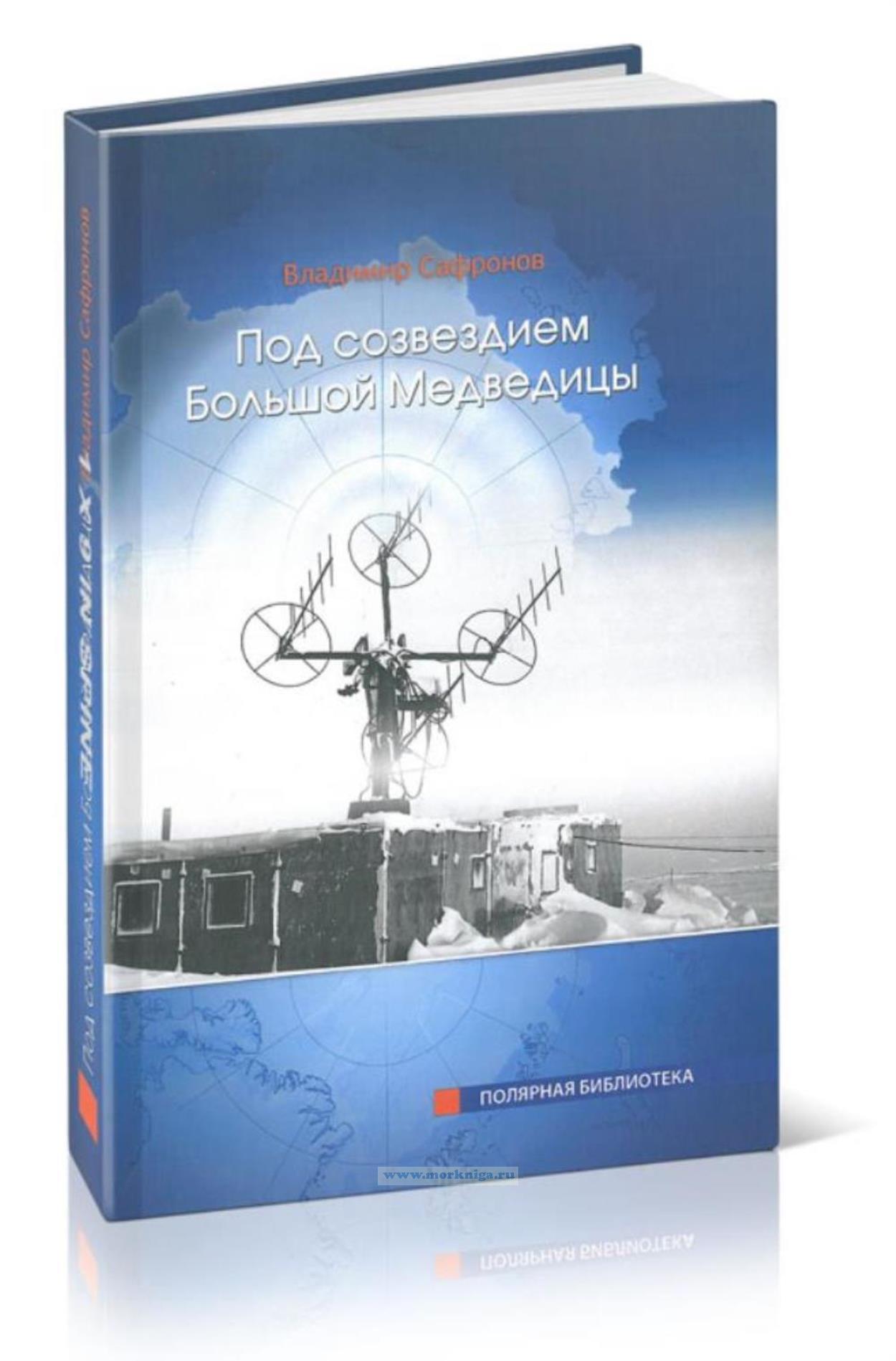Сб с 10 до 16
Geomorphology and Physical Oceanography of the Lakshadweep Coral Islands in the Indian Ocean/Геоморфология и физическая океанография Лакшадвипских коралловых островов в Индийском океане
Издание на английском языке
Islands are often subjected to ecological, economic, and natural vulnerabilities. The Lakshadweep archipelago, a small group of coral islands in the Indian Ocean, is less prone to natural hazards such as cyclones, storm surges, tsunami, etc., due to its position. But the sea level rise, though a long-term threat, is an important natural hazard concerning the islands. Among the natural hazards, coastal erosion is the most serious problem faced by the Lakshadweep Islands due to their small size and topography. Erosion in the islands is caused by both natural and anthropogenic activities. The natural factors that contribute to erosion are high wave activity, strong winds, and currents, whereas the anthropogenic activities are mostly due to human intervention in the form of destruction of corals, construction of jetties, and other hard structures adopted including coastal protection. The erosion in the islands is also attributed to shifting beach sediments by the alongshore currents, energy concentration at certain segments due to wave diffraction, and reduction in the height of reef edge over a period of time. The relatively low land elevation of the islands makes them more susceptible to damage from high waves and flooding during adverse weather conditions. Though shore protection structures have been built in the islands by the Union Territory Administration, a long-term monitoring study is important to precisely identify the shoreline locations prone to erosion. A comprehensive study of the wave climate and coastal processes at work to delineate the factors responsible for shoreline changes and to identify the locations that need protection is needed. Simulation of the coastal processes can be effectively illustrated through numerical modeling. The impact of erosion on the islands can very well be demonstrated using this tool. Modeling results can provide vital information for the efficient formulation of disaster mitigation and management measures.
Energy requirement in the islands is met mostly through diesel. The fuel has to be transported from the mainland in large quantities and is stored in barrels, and in case of a spillage the sensitive island environment may be affected. Owing to fuel transportation, the cost of power generation is very high compared to the mainland. Non-conventional energy sources like solar, wave, and wind power can be alternative energy resources in the islands. Due to the geographical position of the islands, solar energy is available throughout the year except during the monsoon period. During this period, wave and wind energy is at its highest which could be tapped. In addition, the wave power potential of the Lakshadweep Sea is higher compared to the coastal seas. Similarly, due to their exposure to the sea the wind speeds on the islands are higher than on the mainland. Preliminary studies on the economics of power indicate that the cost of wave/wind power generation becomes comparable with the existing rates for which the fuel has to be transported from the mainland. A multisource power generation system is considered as a technically and economically viable alternative source of energy for the islands.
Although the islands have long conjured up images of ‘paradise’, their amazing lagoons and coral reefs show signs of increasing stress. The island communities are striving to raise their living standards and as the population increases, there is always a tendency to disturb the fragile ecosystem, which is one of the most valuable assets as far as the islands are concerned. At times there is a tendency to overexploit these natural resources and damage the environment. Another aspect is the rising sea level due to global warming which is likely to damage the coastal areas and even submerge some of the low-lying islands. This will certainly affect the island economies with a negative impact on property, fisheries, tourism, coral reefs, and freshwater resources. Islands are also important contributors to global biodiversity as the lagoons and coral reefs are home to many rare species. There are indications that these environmentally sensitive habitats are under increased stress, which badly affects the flora and fauna of the islands, and in the case of some of the native endangered species it may even lead to irreparable loss. To integrate all these activities, an Integrated Coastal Zone Management (ICZM) plan is required that would help to address the sustainable management of the islands.
Contents
1 Lakshadweep Islands
1.1 Introduction
1.2 Origin of Islands
1.3 Geology and Geomorphology of Islands
1.4 Historical Profile
1.5 Socio-economic Profile
1.6 Livelihood
1.7 Administrative Setup
1.8 Topography and Surface Characteristics
1.9 Groundwater Resources
1.10 Ecological Profile of the Islands
1.11 Natural Hazards
References
2 Hydrodynamics of Lakshadweep Sea
2.1 Introduction
2.2 Waves
2.3 Wave Direction
2.4 Currents
2.5 Tide
2.6 Wind
2.7 Summary
References
3 Beach Morphology
3.1 Introduction
3.2 Beaches of Lakshadweep
3.3 Beach Monitoring Programme
3.4 Beach Morphological Changes
3.5 Beach Sediment Characteristics
3.6 Shore Protection Measures
3.7 Summary
References
4 Numerical Modelling of Coastal Processes of Kavaratti Island
4.1 Introduction
4.2 Numerical Model Studies: Models Used
4.3 MIKE21 Flow Model (MIKE21-FM)
4.4 Model Setup
4.5 Model Calibration and Validation
4.6 Results and Discussion
4.7 Summary
References
5 Energy Resources
5.1 Introduction
5.2 Present Status of Power Generation
5.3 Economics of Power Generation
5.4 Wave Power Potential
5.5 Wind Power Potential
5.6 Advantages of Renewable Energy
5.7 Summary
References
6 Integrated Coastal Zone Management Plan for Lakshadweep Islands
6.1 Introduction
6.2 Coastal Zone Management in the Lakshadweep
6.3 ICZMP Approach
6.4 Physico-environmental Characteristics of the Islands (Resource)
6.5 Issues/Problems Related to Islands
6.6 Conflicts and Perceptions of the Stakeholders in Islands
6.7 ICZMP
6.8 Summary
References


 Мировой океан. Динамика и свойства вод
Мировой океан. Динамика и свойства вод  Под созвездием Большой Медведицы
Под созвездием Большой Медведицы  Динамика русловых потоков
Динамика русловых потоков